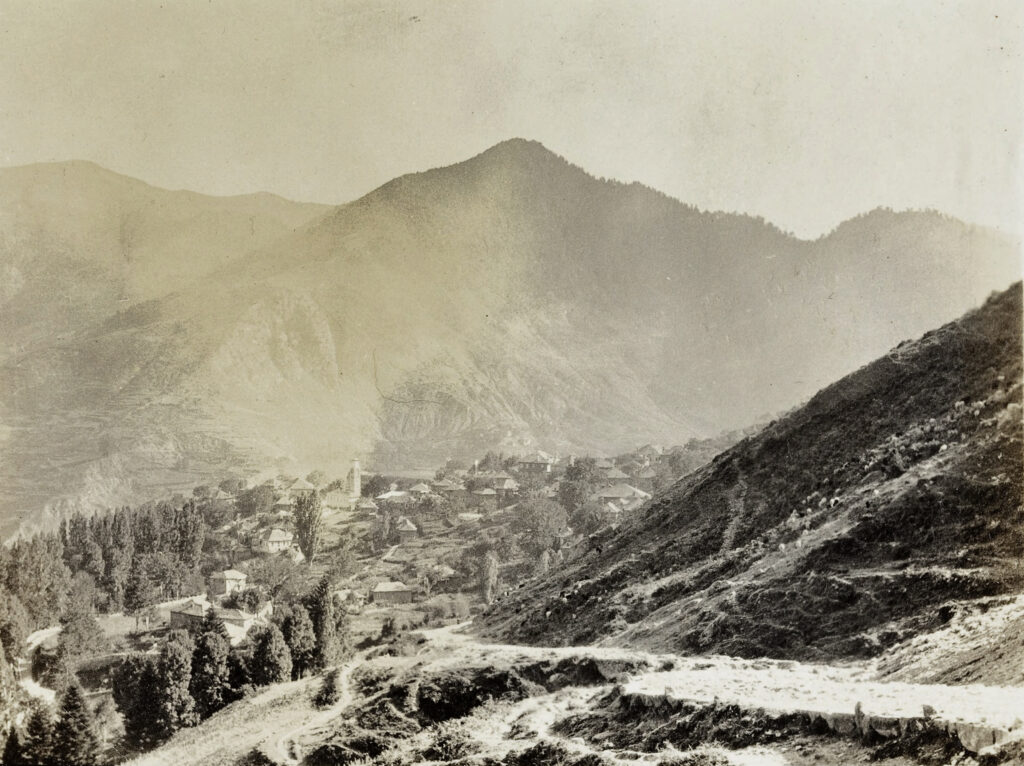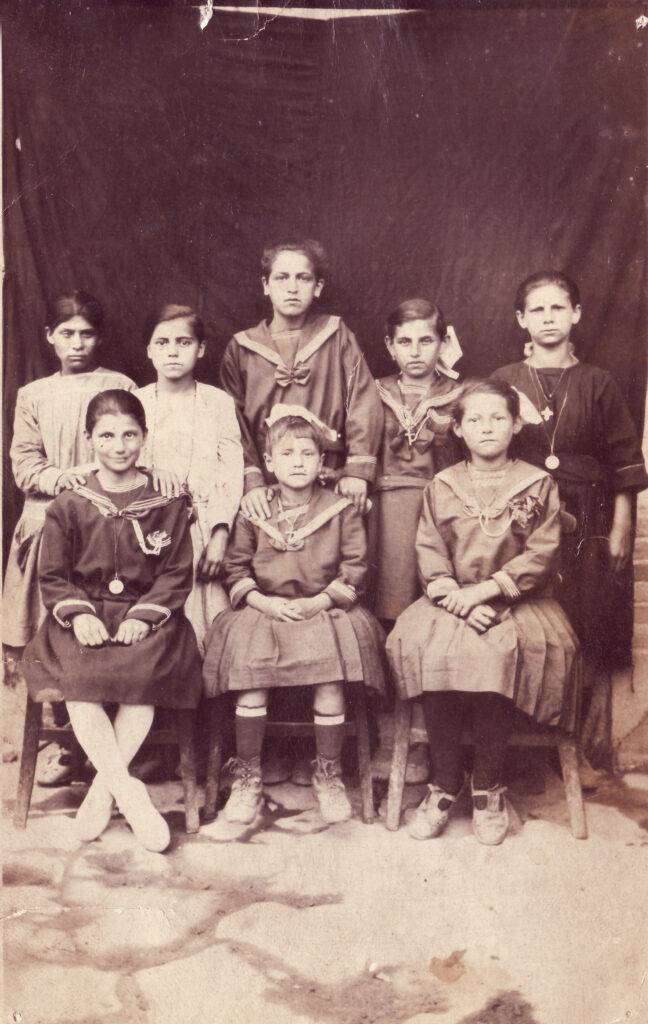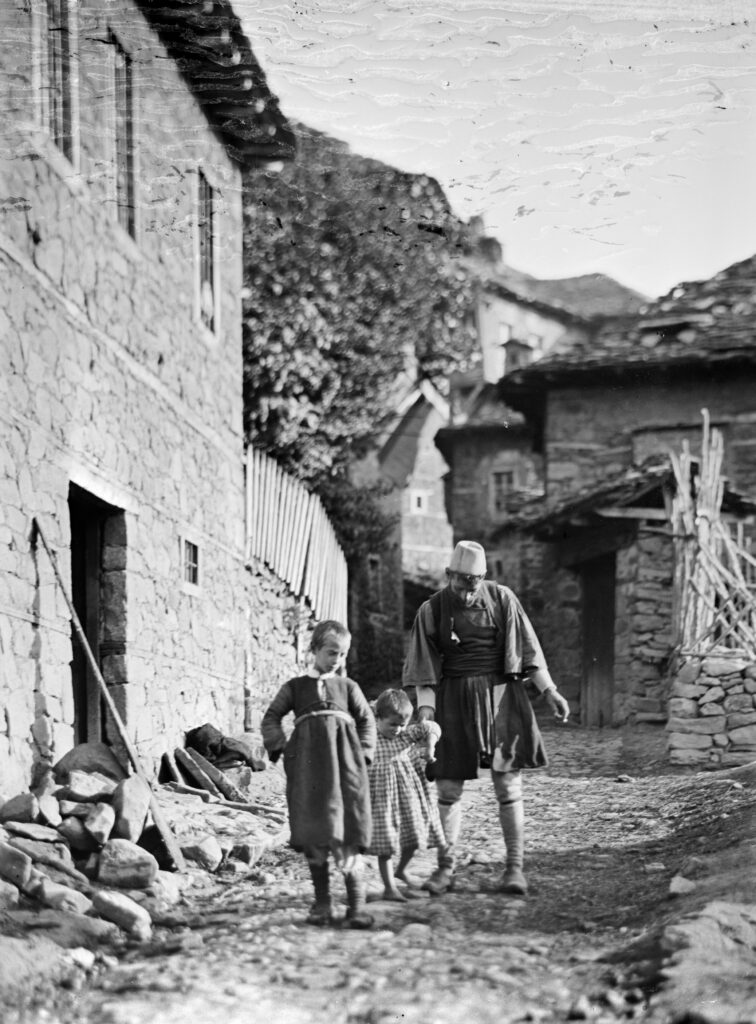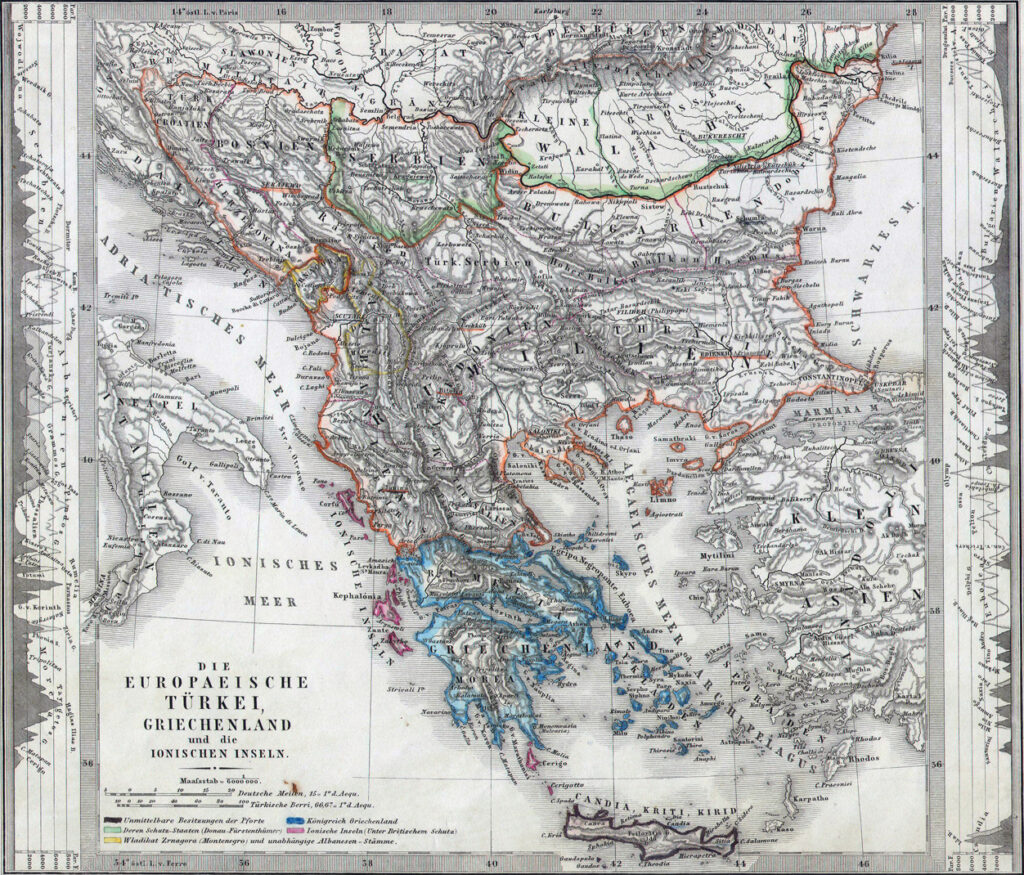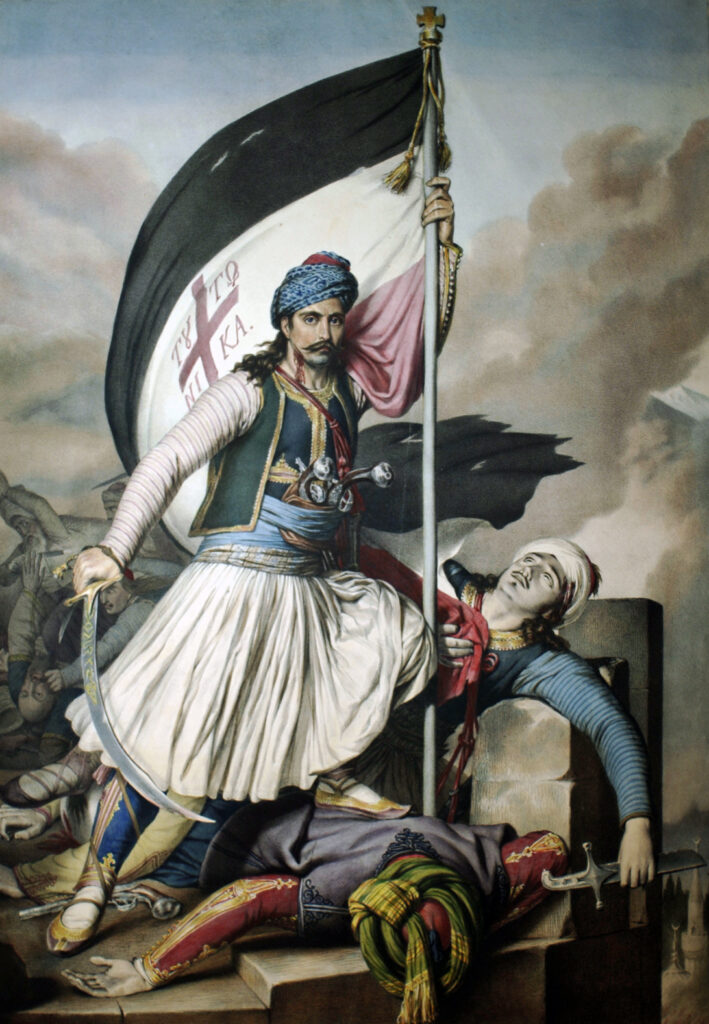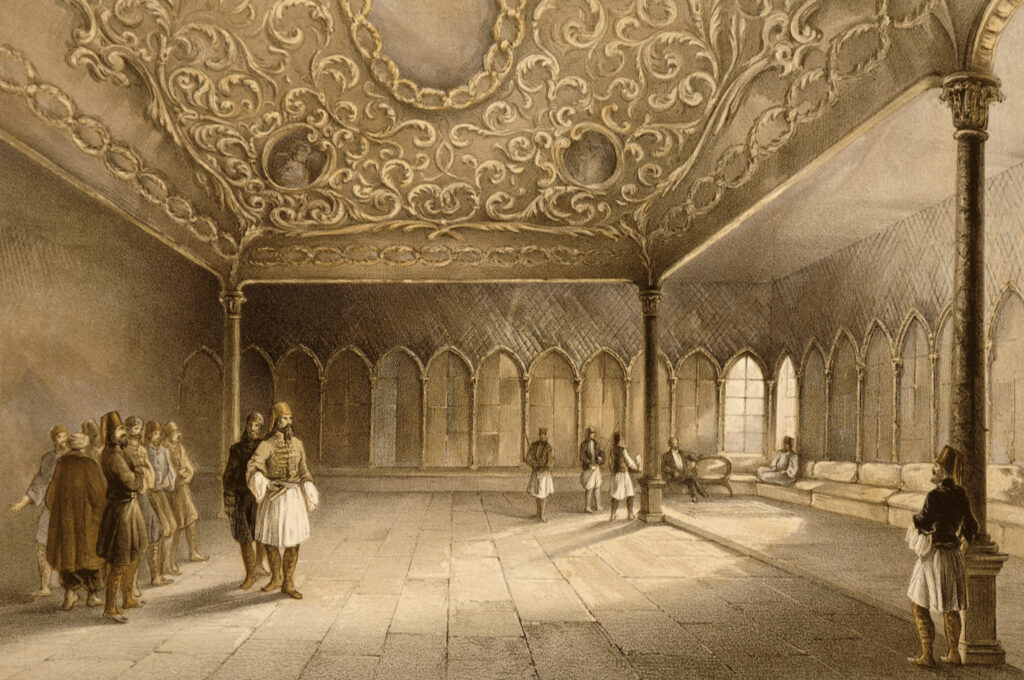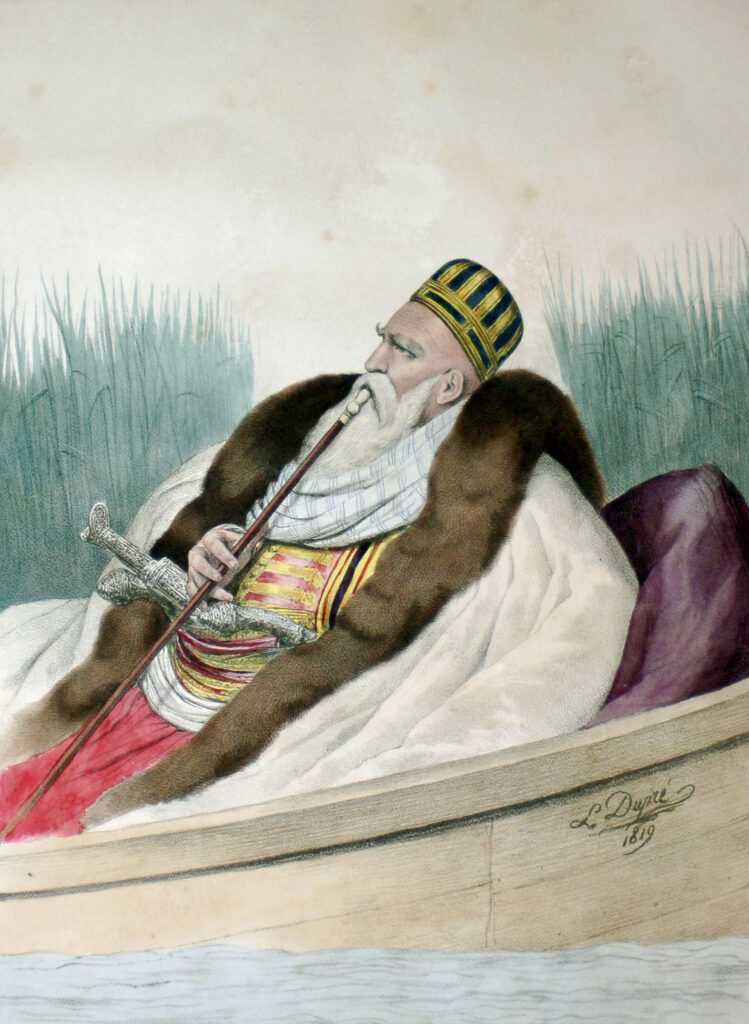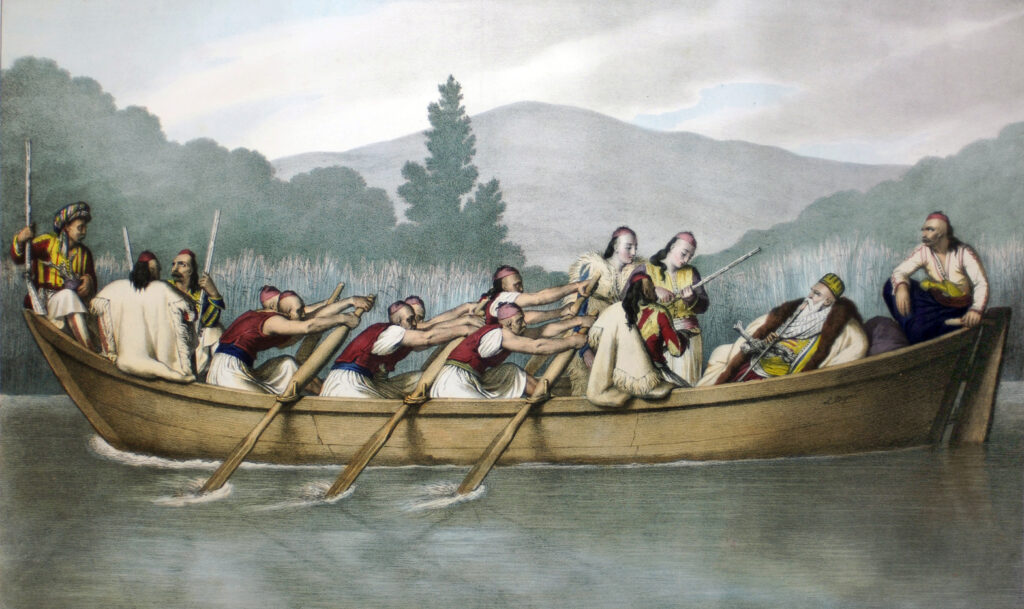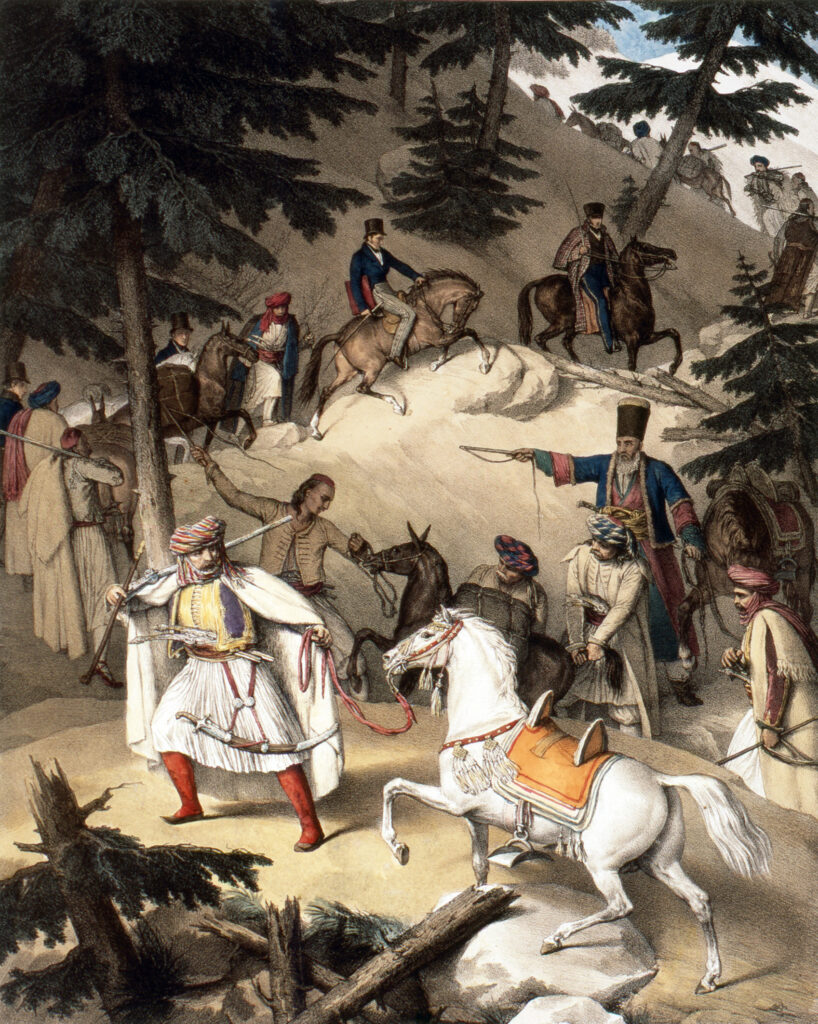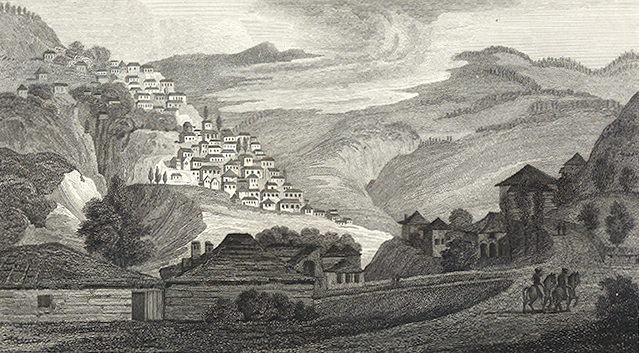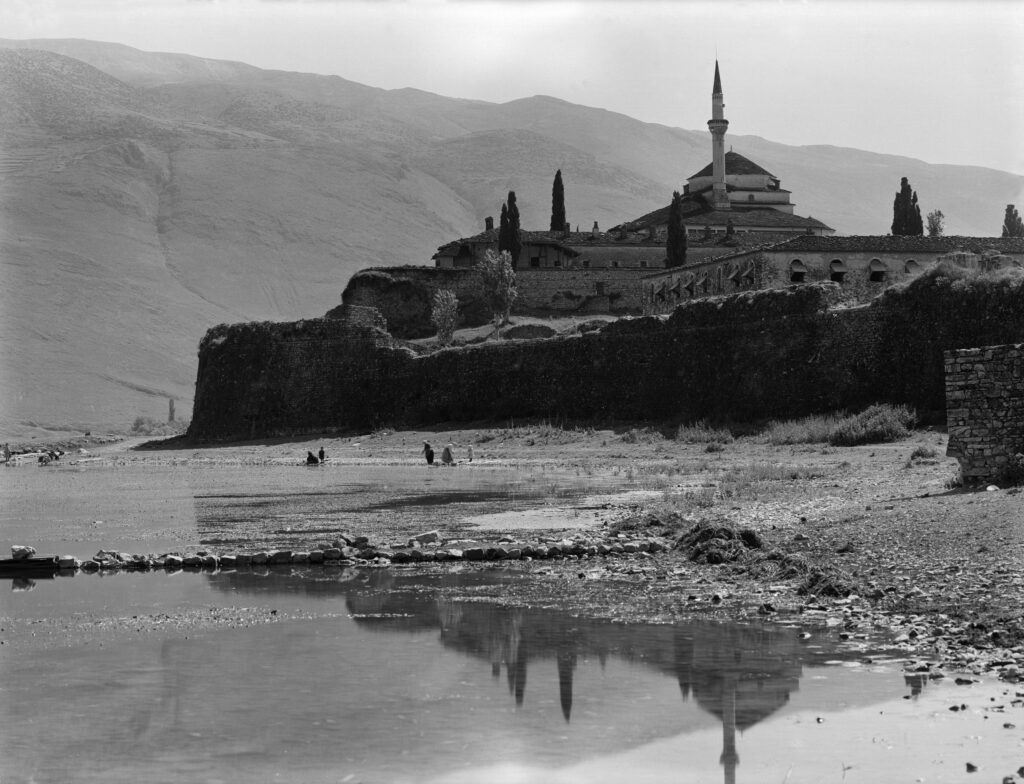According to the census carried out by the Ottomans in 1454-55, Metsovo, along with six other settlements (probably: Milia, Anilio, Voutonosi, Derventista/Anthohori, Koutsoufliani/Platanistos and Malakasi) formed a kind of «community», known as «Horion Metsovou». It belonged to Omer bey as part of the fiefdom, in the sanjak (administrative district) and kaza (province) of Trikala. 700 families were subject to taxation; 41 widows and 52 single men and women were recorded in total.
According to the census carried out by the Ottomans in 1454-55, Metsovo is inhabited by 700 families subject to taxation, 41 widows and 52 single men and women.
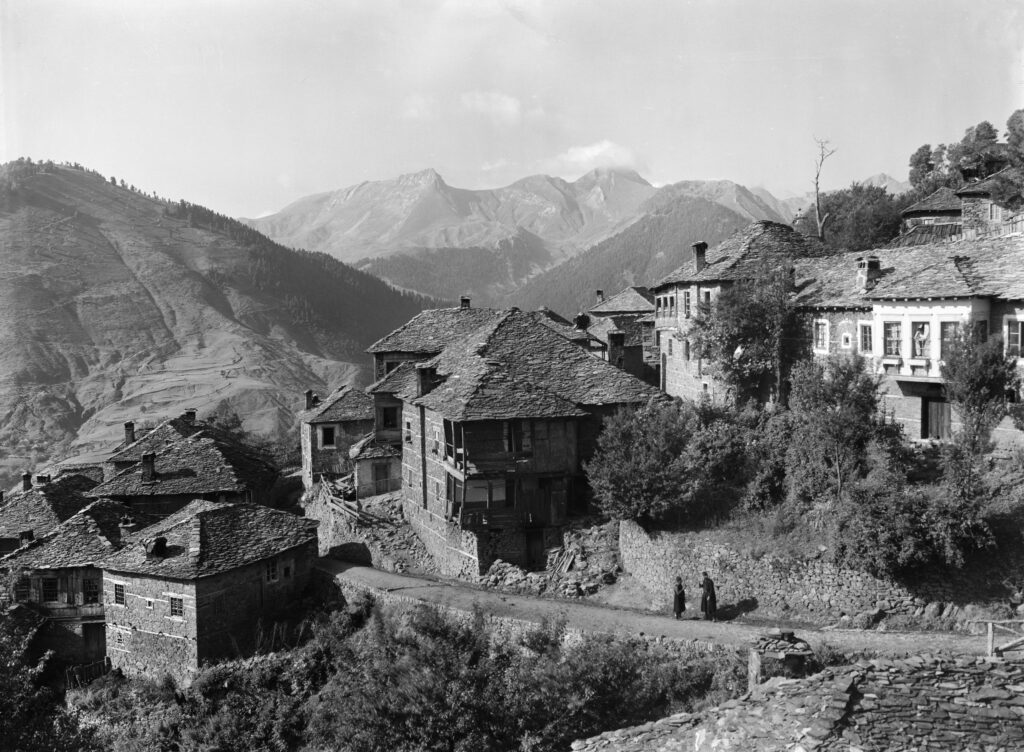
Metsovo, in a picture taken in the end of the 19th century by Frédéric Boissonnas. (Thessaloniki Museum of Photography)
The administrative structure of the Ottoman state was based on specific political and financial mechanisms. The names of the administrative divisions, as well as their geographical designation, changed over the centuries. The sanjak was a subdivision of «eyalet», which was a large district such as Rumeli. The sanjak administrator was called «sanjak-bey».


